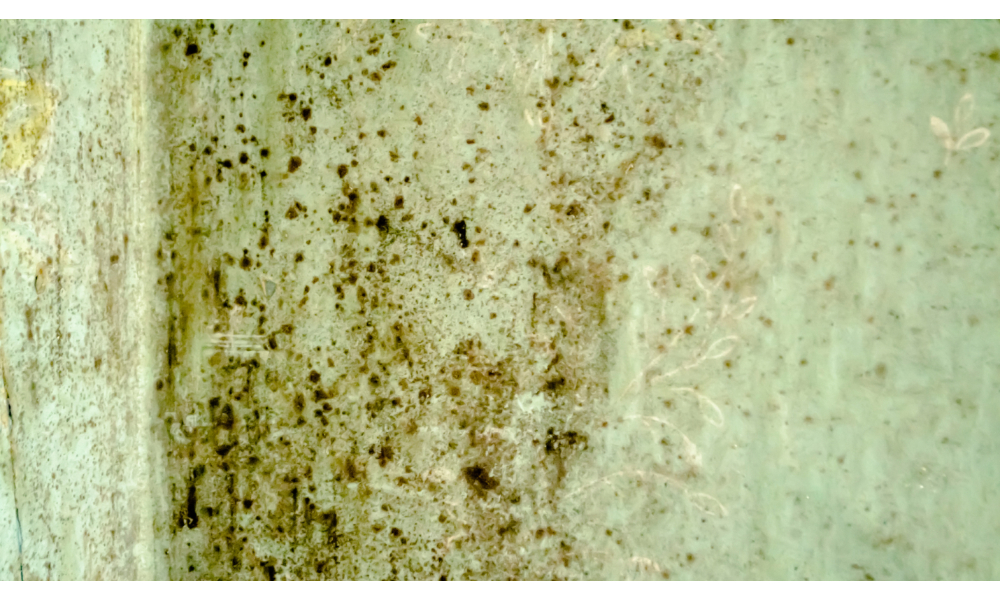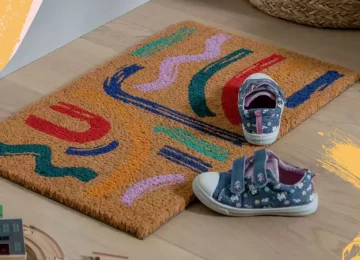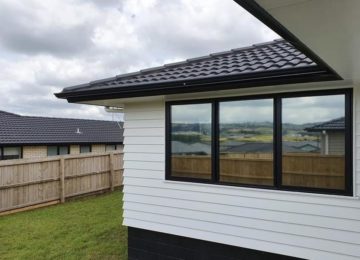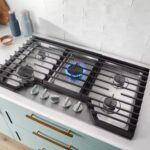Mold growth in a home is more than just an unsightly problem—it’s a potential health hazard that requires proper handling. While some homeowners may be tempted to tackle mold removal themselves, DIY methods can often lead to bigger issues. Without the right equipment, knowledge, and containment strategies, attempting to remove mold on your own can cause it to spread, worsen health risks, and even create long-term structural damage.
Before reaching for household cleaners or online remedies, it’s important to understand why DIY mold removal can do more harm than good. Here are five reasons why it’s best left to professionals.
1. Mold Spores Can Spread Easily
One of the biggest dangers of DIY mold removal is the risk of spreading mold spores throughout your home. Mold reproduces by releasing microscopic spores into the air. When disturbed—such as by scrubbing or using improper cleaning methods—these spores can become airborne and settle in new areas. This can lead to mold regrowth in unexpected places, worsening the infestation over time.
Professionals use containment procedures like negative air pressure and sealed workspaces to prevent spores from spreading. Without these precautions, your DIY attempt could result in a larger and more expensive problem.
2. Household Cleaners Are Often Ineffective
A common misconception is that household cleaners like bleach and vinegar can effectively eliminate mold. While they may remove surface mold temporarily, they don’t address the root problem. Mold often grows deep within porous materials like drywall, wood, and insulation.
Bleach, for example, only kills mold on non-porous surfaces and can actually encourage mold growth by adding moisture to porous materials. Vinegar is somewhat effective against some types of mold, but it won’t eliminate spores hidden beneath surfaces. Without fully removing the mold colony, regrowth is almost guaranteed.
3. Mold Exposure Can Cause Health Issues
Many people underestimate the health risks associated with mold exposure. Mold releases allergens and toxins that can trigger respiratory problems, allergies, and skin irritation. Those with asthma, compromised immune systems, or pre-existing respiratory conditions are particularly vulnerable to mold-related health complications.
DIY removal methods often disturb mold colonies, increasing airborne spore concentration and making exposure more dangerous. Without professional-grade protective gear, homeowners attempting mold removal put themselves at risk of inhaling harmful spores. Mold remediation experts use industry-standard masks, suits, and ventilation equipment to minimize health risks.
4. You May Not Identify the Right Type of Mold
Not all mold is the same, and certain types pose more serious risks than others. For example, mildew vs black mold is a common comparison, as mildew is typically a surface-level issue while black mold (Stachybotrys chartarum) is a toxic variety that requires immediate professional attention.
Without proper testing, it’s difficult to determine the severity of a mold problem. Some molds produce mycotoxins that can cause serious health concerns, while others are relatively harmless. A professional mold assessment can identify the type of mold in your home and determine the appropriate removal process. Guessing or assuming all mold can be treated the same way could put your home and health at unnecessary risk.
5. DIY Methods Can Lead to Hidden Structural Damage
Mold doesn’t just grow on walls and ceilings—it thrives within materials like drywall, flooring, and insulation. A surface-level cleaning won’t address the deeper structural damage mold can cause over time. If left untreated, mold can weaken wood framing, deteriorate drywall, and compromise your home’s foundation.
Attempting to remove mold without understanding the extent of the damage may only mask the problem temporarily. Professionals use moisture meters and infrared cameras to detect hidden mold growth and water damage, ensuring a complete remediation process. Without these tools, a DIY approach may overlook significant underlying issues, leading to costly repairs down the road.
DIY mold removal might seem like a cost-effective solution, but the risks far outweigh the benefits. Without proper containment, specialized cleaning products, protective gear, and expert assessment, DIY methods can cause mold to spread, trigger health issues, and lead to structural damage. The safest and most effective way to handle mold problems is to seek professional remediation services that ensure thorough removal and long-term prevention.
Instead of taking chances with a DIY approach, consider expert intervention to protect your home and health.











